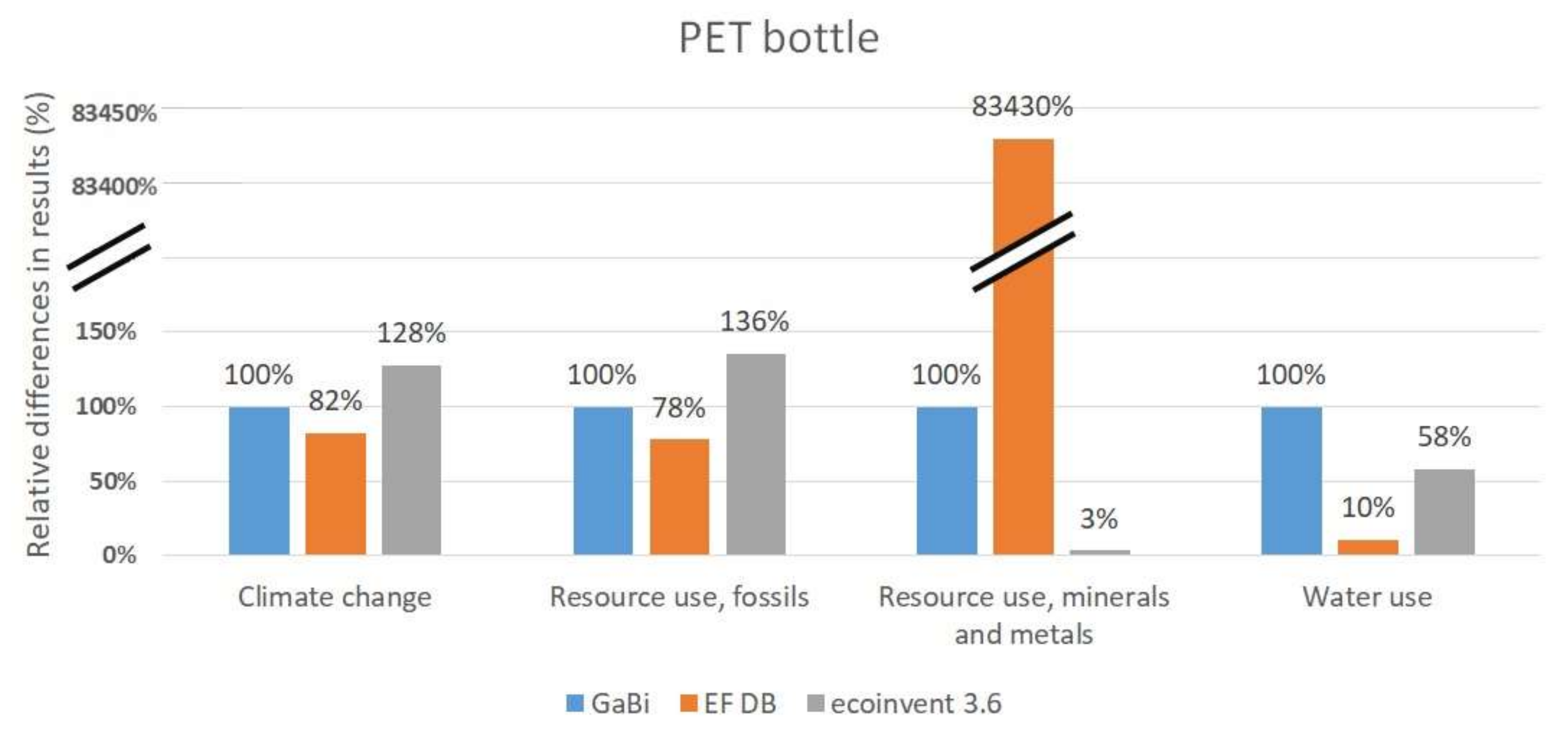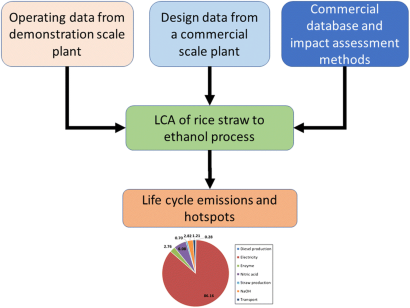

This research has made the following original contributions: 1) it is the first study examining the LED luminaire environmental performance by using the PEF methodology 2) the electricity mix modelling for the European countries in the comparison study reveals the possible trade-off between using renewable/non-renewable resources for the electricity generation, which would be beneficial for further policy development for lighting and energy sectors 3) the availability demonstration of the current PEF database for luminaires, and the reported analysis results would assist future similar LCA studies.This set of tables includes the following conventions for this tab in openLCA: Electricity mix for the UK and other European countries are modelled for the comparison study that shows the use of renewable resources for electricity generation has lower overall impacts from the PEF view, but the impact towards land use that is caused by using biomass energy source for electricity production is noticeable, which is barely mentioned in the existing LCA studies. Environmental benefits are identified from the EoL scenario analysis due to the adopted WEEE treatments. The analysis results show that the electricity consumption in use stage is the significant contributor for the overall impacts.

The assessment is carried out for raw material, assembly, distribution, use and end of life (EoL) stages, and all upstream emissions are considered.

This paper presents a life cycle assessment (LCA) for the industrial Light Emitting Diode (LED) luminaire by using Product Environmental Footprint (PEF) methodology.


 0 kommentar(er)
0 kommentar(er)
